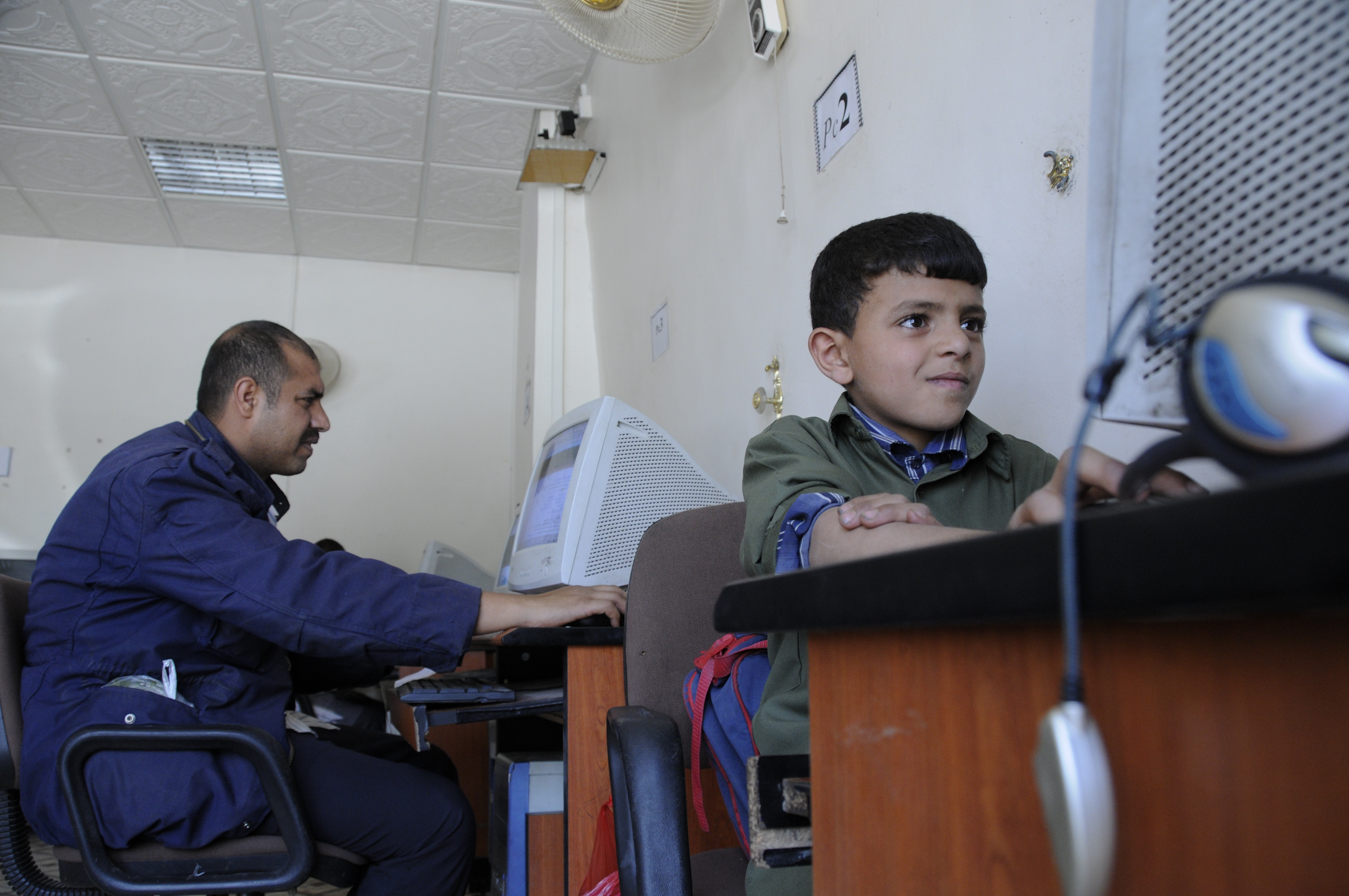International law experts are on track to publish a manual amending the current Geneva convention for cyberwar in late 2016. The Tallin Manual 2.0 – an update of the original Tallinn Manual on the International Law Applicable to Cyber Warfare—is backed by a NATO-run military think tank based in Estonia.
Military strategists deem cyberspace the fifth dimension of warfare, the others being land, air, sea and space. An example of an “armed attack” in cyberspace is the Stuxnet worm, an Israeli-U.S. programmed computer virus that caused severe disruptions to Iran’s nuclear plants. By the original manual, similar attacks in the future would legally validate proportional retaliation, considered in this case to be self-defense.
The Tallinn Manual 2.0 will discuss peacetime international law, including human rights law in regards to cyberspace. The current question begin argued is whether international human rights norms apply to different widely practiced cyber activities, such as the collection of metadata by national governments.
“If the answer is yes, we then have to examine whether the state has actually violated the individual’s rights. For instance, assuming the collection of metadata implicates human rights norms, under what circumstances is a state authorized to engage in such activities?” asks Liis Vihul, managing editor of the Tallinn Manual and legal researcher at the NATO Cooperative Cyber Defence Centre of Excellence.
Additionally, the updated manual will include sections on diplomatic law, the responsibilities of international organizations, global telecommunications law, and peace operations.
Article via The Register, October 12, 2015
Photo: Satsop Nuclear Plant via Michael B. [Creative Commons Attribution-NonCommercial-NoDerivs]

